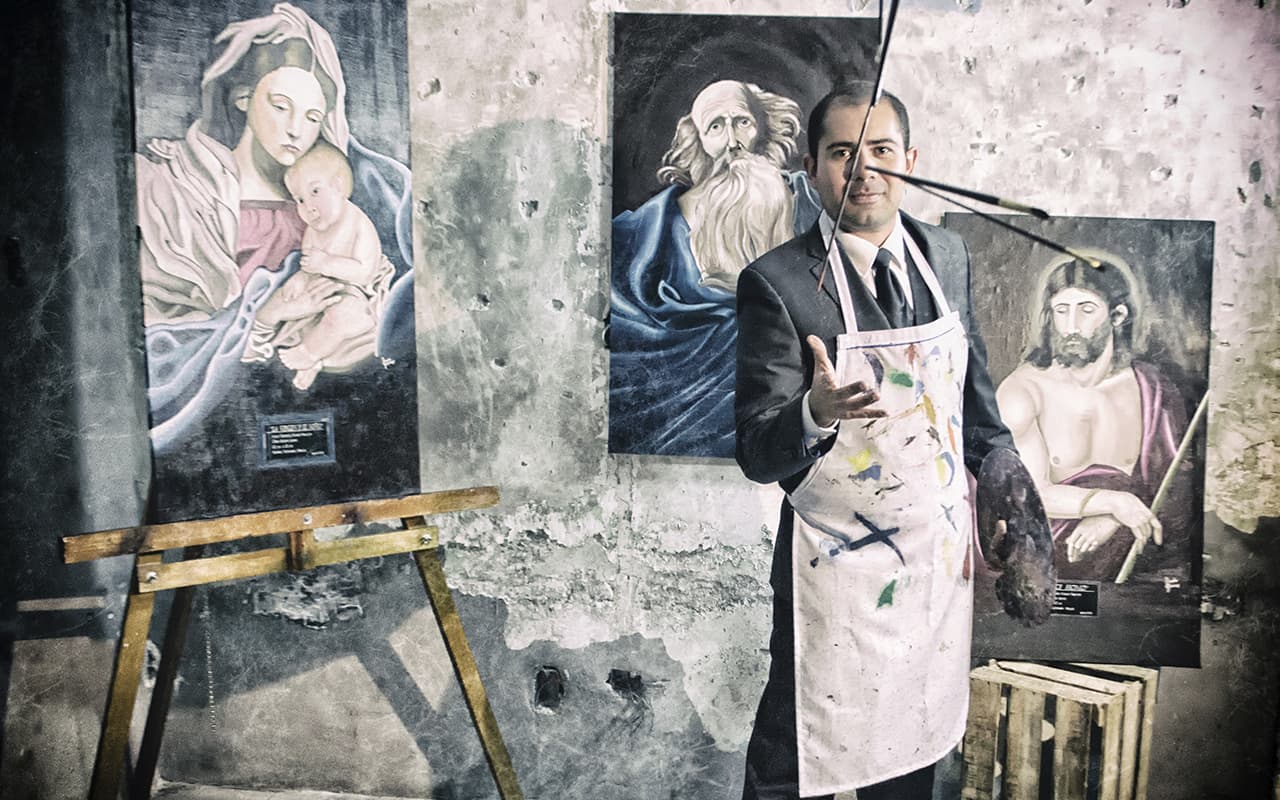
Artistic image
In art, we always perceive not only what is directly communicated to our eyes and ears, not only the action itself, the object itself, but also what is hidden behind it.
The essence of what we are used to calling an artistic image is that it expresses an infinite content in a limited form, expresses the great in the small, and the universal in the particular.
What is the story of Hemingway’s The Old Man and the Sea about? Is it about how an old fisherman caught a big fish and lost it? It seems to be only about this, but a huge world of feelings and a whole philosophy of life appear behind this stingy, restrained story.
Or here is a very modest, small work – a drawing by the nineteenth-century French artist Daumier: a bucket and a broom leaning against it. You might think, what’s the big deal? But you look at this picture, and it touches you to the core, immersing you in the atmosphere of the life of the working poor, evoking a whole swarm of ideas and feelings.
That’s why the feelings evoked by art are special feelings, not quite the same as in everyday life. They are big, large-scale, they remove the boundaries between an individual and the whole of humanity. When we sympathize with Makar Devushkin, for example, the hero of Dostoevsky’s Poor People, we sympathize with all “little people” in general.
So, we have come to the conclusion that art is an activity that aesthetically reflects life, that reflects it in artistic images that, like a focus, gather various features of reality. But now we are faced with another inevitable question: what role, what social function does art play in society?
Art is cognition, creation, and communication
Obviously, art serves people as cognition? But doesn’t science, which has reached such heights in our time, fully satisfy the thirst for knowledge, and why is another kind of knowledge, artistic knowledge, needed?
Let’s put the question more broadly: what is the positive activity of a social person in general? Perhaps it can be reduced to three main processes: the production of material and spiritual values, cognition, and, finally, communication between people. These three processes are interconnected and impossible without each other: to create something, one must learn the properties and laws of the world around him or her and at the same time act in a joint and coordinated manner with other people, i.e., communicate intelligently. However, in a developed society, these processes are carried out by different professional groups of people. Scientists are engaged in the study of the existing world and the knowledge of its laws, but they do not usually produce new objects or new material values themselves. This is done by others: workers, engineers, builders. And the third category of professions serves the sphere of various relations within society. These are statesmen and public figures, teachers, doctors, lawyers, trade workers, and others.
Such a division of labor seems necessary and reasonable, but it has its negative aspects, which are especially evident in the era of capitalism, when the division of labor reaches an extreme fragmentation.